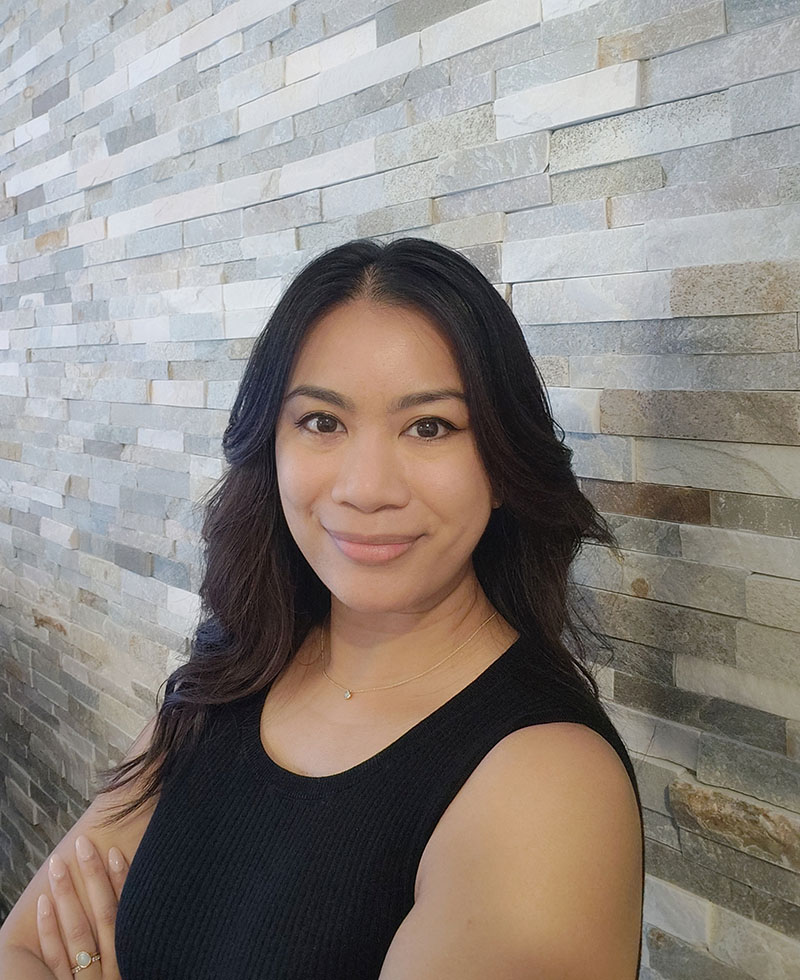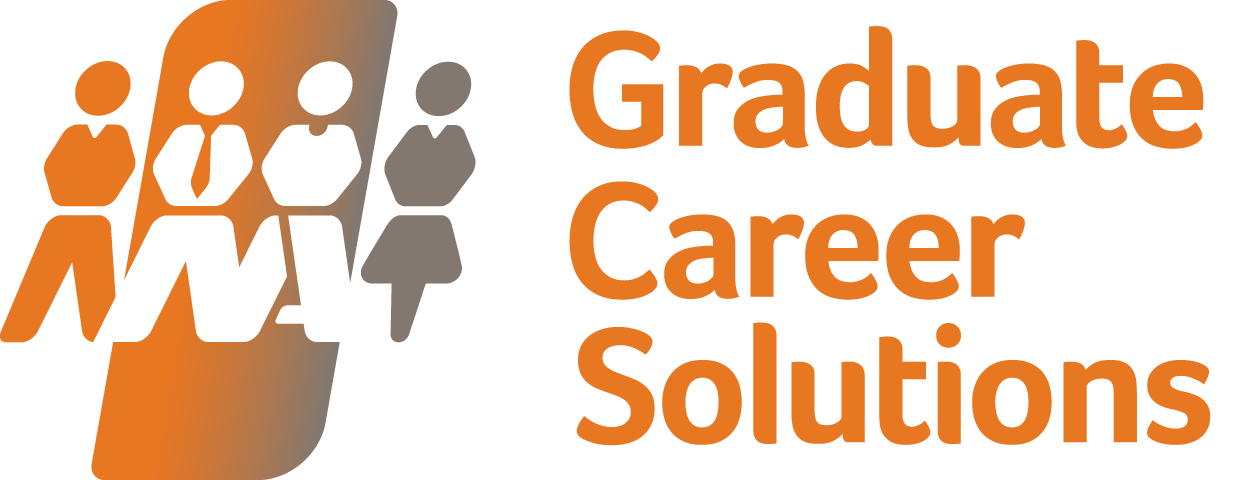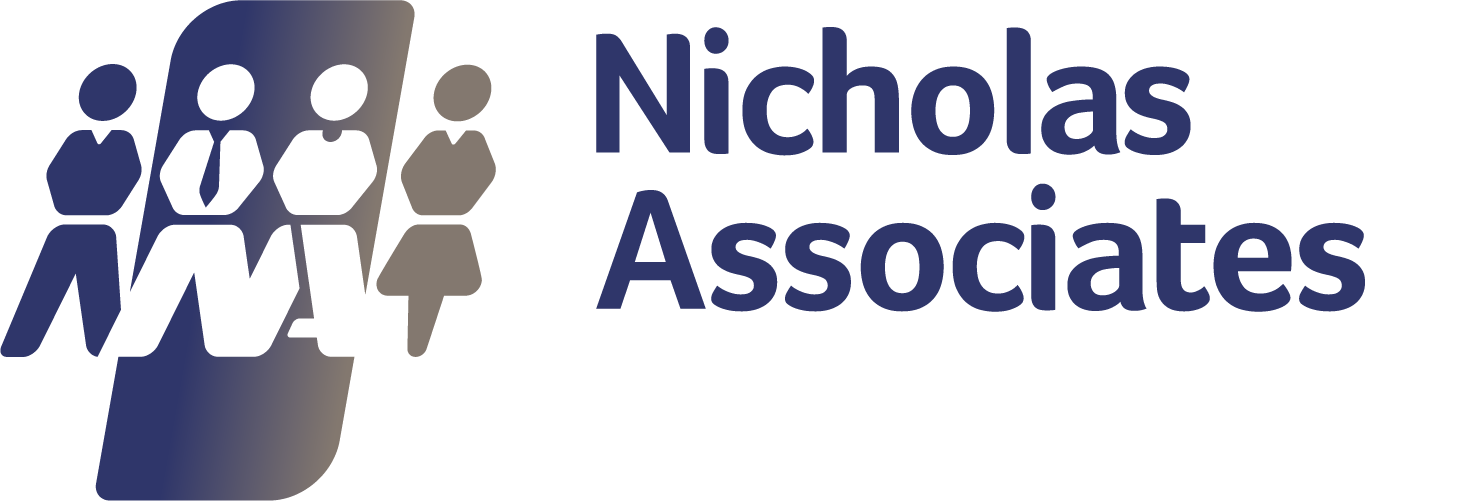Leadership Stories Unveiled: Justine Lopez
We sat down with Justine Lopez, Head of People for Northern Europe at Interhome, for the latest instalment of our Leadership Stories Unveiled series.
Justine, what drew you into the HR profession and what’s kept you passionate about it over the years?
My journey into HR started quite organically. I was running the internship programme at a public relations startup in New York, creating welcome kits, hiring and training interns, and leading their orientation. I didn’t realise it at the time, but that hands-on experience was my first real step into people operations. After working at the startup, I decided to pivot my career from public relations to HR.
What’s kept me passionate over the years is seeing the impact HR can have on people’s career growth. Whether it’s onboarding someone new, supporting their development, or watching them progress from trainee to manager, it’s incredibly rewarding to be part of that journey.
I also love the variety the role offers. I’ve worked across multiple countries, and being a generalist means I get to flex between strategy and hands-on support. There’s always something new to learn, and I enjoy adapting to different environments while keeping people at the centre of everything I do.
How do you build and nurture connections and engagement in hybrid and remote working environments?
It’s not always easy, especially when teams are spread across different countries and working styles. I’m still working on creating a connection, but what makes a real difference is building trust and mutual respect. When that’s in place, even a quick Teams chat can feel meaningful.
Engagement doesn’t have to be overly polished or formal. Sometimes it’s the small, light-hearted moments, a funny comment, a shared laugh, that help people feel more connected. Checking in with someone and genuinely asking how they’re doing can go a long way. It’s not perfect, and it takes effort, but those consistent, personal touches really matter.
What were the pivotal moments or decisions that helped you evolve from a traditional HR business partner into a strategic, commercially focused People leader?
I wouldn’t say there was a single “aha” moment or dramatic shift. For me, it’s been more of a gradual evolution, especially coming from hospitality, where HR is often very reactive and fast-paced. In those environments, you’re constantly putting out fires, and it’s hard to step back and think long-term. But I also believe that you can’t be strategic without first getting the basics right. So early on, my focus was always on building strong HR foundations.
The push into being a strategic leader was when I joined Interhome as their first HR person for the northern Europe region, supporting employees across multiple countries. That gave me the space and the responsibility to define what HR should look like. There weren’t as many daily fires to fight, which meant I could finally focus on longer-term planning and impact.
In my first year, I focused on setting up those foundational elements: policies, processes, and understanding what the region actually needed from HR. My second year was about learning and development, identifying gaps, and building programs that aligned with both employee growth and business needs.
Now, with changes like a new owner and broader transformation on the horizon, I’m leaning more into change management, helping the team navigate uncertainty, stay engaged, and prepare for what’s next.
How have people analytics shaped your approach to decision-making?
People analytics has helped us move from assumptions to evidence-based decisions. One of the clearest examples is our employee engagement survey. It gave us real insight into where we were falling short, benefits being a key area. Rather than guessing what people wanted, we could see the data: benefits scored low across several countries. That gave us a clear starting point.
From there, we explored what employees were actually looking for, whether that was well-being support, financial benefits, or more social connection. That data helped us build a proposal that was grounded in real needs, not just assumptions.
Another area where analytics made a difference was in learning and development. We used to offer a budget and ask people what they wanted to learn, but often it wasn’t used, or the courses didn’t align with their roles. By doing a skills gap analysis, we could identify what skills were missing in specific roles, what people already had, and where they wanted to grow. That allowed us to shape more targeted development opportunities, whether for promotion or to build internal task forces.
Can you share a time when a people initiative didn’t go as planned? What lessons did you take away, and how did that experience influence your approach moving forward?
One initiative was implementing a new HRIS: Rippling. It was definitely needed as our processes were very manual, and having a proper system in place was going to make a big difference. However, the rollout didn’t go as smoothly as I’d hoped. We were working under a tight timeline, and while the intention was right, the planning and preparation could have been stronger.
The biggest lesson for me was the importance of deep product knowledge. It’s not enough to know that a tool is useful; you need to be able to clearly explain why it matters, how it works, and how it supports the team’s day-to-day. People need to feel confident in what’s being rolled out, and that starts with how well it’s communicated and supported.
I also learned to look at things from multiple perspectives. What’s intuitive for one person might be frustrating for another. So now, I make a point to involve a broader range of voices early on, and to test things more thoroughly before launch.
As a female leader in largely male-dominated sectors, what unique challenges have you faced, and how have you leveraged these experiences to influence company culture?
One of the challenges I’ve faced is not always being seen as a decision-maker. Being underestimated, especially early on, meant I had to work harder to prove my capability and influence.
I focused on showing my leadership through action, stepping up in high-pressure situations, taking ownership of decisions, and being the person others could rely on when things got complicated. For example, during a large-scale onboarding event with hundreds of people, I was the one making real-time decisions when things didn’t go as planned. That visibility and accountability helped shift perceptions.
Alongside that, I make sure to actively contribute well-thought-out opinions, backing them up with evidence and clearly explaining the potential outcomes of different scenarios. Even when my suggestions weren’t used, I stayed engaged and made sure my perspective was part of the conversation. Over time, that built trust and showed that I could see the bigger picture and plan for multiple scenarios.
These experiences have shaped both my leadership style and how I influence company culture. I aim to foster an environment where people feel seen, heard, and safe to express their views, even when they challenge the status quo. That openness to honest dialogue and diverse perspectives was essential to my own growth and confidence in engaging with senior leaders.
How do you see AI and automation reshaping the future of HR, and what should People leaders be doing now to prepare?
Personally, I really enjoy using AI, it’s been a huge time-saver, especially when it comes to researching learning and development programs or supporting teams across multiple countries. It helps me cut through the noise, find relevant information quickly, and focus my time on more strategic, people-focused work.
That said, I don’t rely on it 100%. It’s a tool, not a replacement for judgment or context. But when used well, AI can take care of the repetitive or time-consuming tasks, so we can spend more time on what really matters: building culture, supporting people, and driving meaningful change.
I think People leaders should embrace AI with curiosity, not fear. Learn what tools are out there, understand what’s possible, and explore how they can support your work. Even if your organisation has limitations on what you can use, there’s still value in being informed.
It’s also important to educate employees, not just on how to use AI, but how to use it ethically and responsibly. Whether it’s writing email responses or supporting day-to-day tasks, AI can be empowering when people know how to use it well.
Ultimately, AI gives us the opportunity to shift our focus back to people, where it belongs.
How have you adapted your leadership style when working across different cultures and countries?
For me, it’s not just about adapting to different cultures, it’s also about adapting to individual personalities. I take a situational leadership approach, similar to what Ken Blanchard describes, where the style depends on the person and the context. You can’t lead everyone the same way.
I also find tools like Thomas Erikson’s Surrounded by Idiots helpful. It’s a reminder that people process information and respond to leadership differently. Some people want just the facts. Others need emotional support or a more empathetic approach. I make a conscious effort to understand each person’s personality and needs and then adjust how I communicate and lead.
This is especially important when working across countries, where cultural norms can vary widely. But even within the same culture, people are different. I focus on building relationships, listening carefully, and being flexible in how I show up as a leader.
What are some of the most common misconceptions about the role of an HR Leader, and how do you address them?
One of the most common misconceptions about HR is that we’re only there when something goes wrong and enforce rules that take the fun out of work. That perception can create distance, making people hesitant to reach out or see HR as a genuine support.
I’ve worked to change that by showing up in ways that feel personable and relatable. Whether it’s inviting someone in for a chat, organising team activities that bring people together, or planning social events that might seem a bit silly at first but end up being moments of real connection; I use those opportunities to build trust.
I also make it a priority to listen with empathy and offer encouragement when someone’s unsure of themselves. Sometimes people just need someone to believe in them, and I try to be that person. Over time, these small, consistent actions help shift the perception of HR from a department that manages people to one that truly supports them.
You’ve built HR functions from scratch and led through transformation. What’s the first thing you look for when stepping into a new organisation or region?
The first thing I focus on is observing and listening. When stepping into a new organisation, especially in a different industry or region, it’s important to understand how things currently work before making any drastic changes. I take time to learn the existing processes, ask why they’re in place, and assess whether they’re effective or simply legacy systems.
I also spend time listening to team members. I want to understand their experiences, what’s worked, what hasn’t, and what they feel is missing. That helps me build a clearer picture of the organisation’s needs, priorities, and pain points.
From there, I can start identifying what needs to be built, improved, or changed. Rushing in with solutions isn’t always the right answer; you need to build trust, understand the landscape, and then set priorities that align with both the business and the people.
You’ve led through ambiguity, from standalone roles to regional leadership. How do you stay grounded and make decisions when there’s no clear playbook?
When there’s no clear playbook, I always go back to the HR foundations: fairness, clarity, and compliance. I start by asking, Is this fair? Is it clear and understandable? Are we following proper procedures, especially when it comes to employment law? Those principles help guide decisions when everything else feels uncertain.
If there’s no existing policy or precedent, I think carefully about the long-term impact of what we create. I want to make sure that any new process or decision sets a positive precedent, something that won’t create problems down the line for others who might be affected by it.
I also look at three key perspectives: what the law requires, what the company wants to achieve, and what’s fair to the employee. Balancing those helps me make decisions that are not only compliant but also aligned with our values and culture.
 Justine Lopez – Head of People, Northern Europe, Interhome
Justine Lopez – Head of People, Northern Europe, Interhome
Justine Lopez is an experienced HR leader with over a decade of international work across the US, UK, and Europe. She began her career in luxury hospitality in New York and has since led people functions in education, hospitality, and travel.
As Head of People for Northern Europe at Interhome, she’s known for her strategic mindset, cross-cultural fluency, and ability to build trust across all levels. She has built HR functions from the ground up, led teams through transformation, and developed learning programmes that drive growth and performance.
Justine believes HR should energise organisations, not just structure them. She creates environments where people feel supported, encouraged, and confident to grow, always focused on building a culture where employees can thrive.




